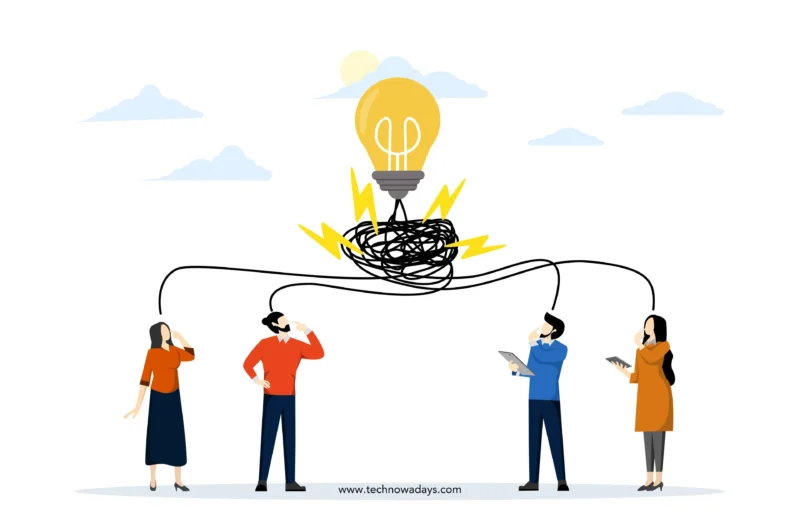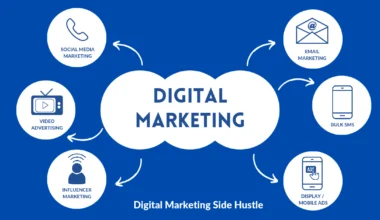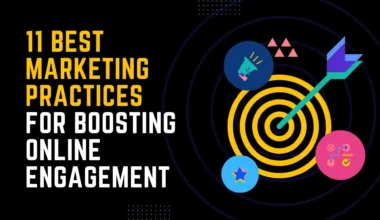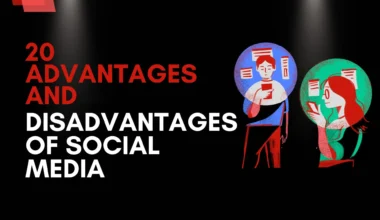Whether you’re an entrepreneur, an artist, or a problem-solver, your ability to generate creative and groundbreaking ideas often sets you apart from the pack. While brainstorming has long been the go-to method for sparking creativity, it’s not the only game in town. This article dives into a diverse array of idea generation techniques and discusses why and when you should use them.
What are Idea Generation Techniques?
You may wonder, “What exactly constitutes an idea generation technique?” These methods, ranging from well-known brainstorming and mind mapping to more esoteric techniques like forced relations and sweat analysis, help people think outside the box.
In essence, idea-generation techniques guide you in organizing and processing your thoughts to develop innovative solutions, new products, or impactful designs.
They work equally well in individual and group settings and often incorporate tools like computers, whiteboards, or traditional pen and paper to organize thoughts.
Why Use Idea Generation Techniques?
Idea generation techniques are vital for conceptualizing new designs or making significant progress on existing projects. These methods encourage creative thinking, help you overcome creative roadblocks, and ensure thorough consideration of all viewpoints before starting a project.
They are also crucial for organizations aiming to resolve problems effectively, often requiring market research and SWOT analysis to function optimally.
The Top 15 Idea Generation Techniques
Below, you’ll find 15 robust idea generation techniques to help unleash your creativity and overcome challenges like writer’s block.
- The 5W+H Method
- Explanation: This idea generation technique focuses on understanding a problem in-depth by asking six fundamental questions: Who, What, Where, When, Why, and How. By addressing these questions, you gain a well-rounded view of the challenge.
- Example: If launching a new app, ask: Who is the target audience? What problem does it solve? Where will it be available? When is the best time for launch? Why would people use it? How will it work?
- Forcing Relations
- Explanation: This method challenges you to connect unrelated concepts or objects to generate a new idea.
- Example: Combining a ‘watch’ and ‘GPS’ gave us the idea of a GPS watch, aiding not just time-keeping but also navigation.
- Brainstorming
- Explanation: A well-known method where participants freely suggest ideas, focusing on quantity over quality. The group later sifts through these to identify the best options.
- Example: A team brainstorming on improving customer service may develop ideas ranging from chat support to loyalty programs.
- SCAMPER
- Explanation: A well-known method where participants freely suggest ideas, focusing on quantity over quality. The group later sifts through these to identify the best options.
- Example: A team brainstorming on improving customer service may develop ideas ranging from chat support to loyalty programs.
- Storyboarding
- Explanation: This visual technique lays out images, quotes, or bullet points in a storyboard format, helping you see a concept’s flow or sequence.
- Example: Storyboarding the user journey for a website can help identify design flaws or usability issues.
- SWOT Analysis
- Explanation: This evaluates a project’s Strengths, Weaknesses, Opportunities, and Threats, providing a comprehensive understanding of its viability.
- Example: A SWOT analysis for a new restaurant might consider location as a strength and high competition as a weakness.
- What-If Method
- Explanation: This idea generation technique asks you to consider alternative scenarios or conditions to explore a problem’s various aspects.
- Example: What if smartphones didn’t exist? This question could lead to novel ways of communication or information sharing.
- Mind Mapping
- Explanation: This visual tool helps you organize information, making seeing relationships between different components easier.
- Example: A mind map for vacation planning would include branches for accommodation, activities, budget, etc.
- Synectics
- Explanation: This method brings structure to creative problem-solving by integrating emotional and rational factors.
- Example: If you’re developing a new car, synectics would involve engineers, psychologists, and designers to create a holistic product.
- Group Sketching
- Explanation: Each team member sketches ideas related to a central concept. Afterward, the group discusses how to connect these ideas.
- Example: When designing a new park, sketches could include trees, benches, and playgrounds, helping the team visualize the final space.
- Collaboration
- Explanation: Working closely with others can combine individual strengths and insights, leading to better ideas.
- Example: Writers and illustrators collaborating on a children’s book can create a more engaging and visually stunning final product.
- Word Banking
- Explanation: Create lists of words related to your problem or project to identify patterns or connections.
- Example: If you’re trying to innovate in renewable energy, words like “solar,” “wind,” and “battery” could lead to ideas like a solar-powered battery.
- Listening to the Public
- Explanation: Paying attention to public opinion, often through social media, can offer invaluable insights.
- Example: If customers complain about a product’s packaging, this could be an area for improvement.
- Role-Playing
- Explanation: This idea generation technique involves adopting different perspectives to identify new angles and solutions.
- Example: If you’re a marketer, role-playing as a customer can help you better understand user needs.
- Unintentional Genius
- Explanation: This creative idea generation technique involves writing freely without a specific direction, allowing subconscious thoughts to surface.
- Example: Writing a page of stream-of-consciousness text could help you break through writer’s block and generate unexpected ideas.
Conclusion: The Power of Diverse Thought Processes
The journey from concept to innovation is rarely straightforward, but the value of an impactful idea generation technique can’t be balanced. As we navigate the complexities of an ever-changing world, having a robust toolkit for generating ideas becomes indispensable.
While relying solely on tried-and-true methods like brainstorming is easy, the most innovative solutions often come from integrating diverse thought processes.
By exploring and mastering these 15 idea generation techniques, you’re not just expanding your creative repertoire but unlocking new avenues for problem-solving, collaboration, and innovation. Each method provides a unique lens to view challenges and opportunities, multiplying the chances of arriving at a groundbreaking concept that can make a real difference.
So, the next time you find yourself staring at a blank canvas, grappling with a tough decision, or simply looking to shake things up, remember: variety is more than just the spice of life—it’s the engine of creativity.
In a world clamoring for the next big thing, equipping yourself with multiple strategies for idea generation could be your secret weapon for staying ahead of the curve. And who knows? The next game-changing idea might just be a technique away.







